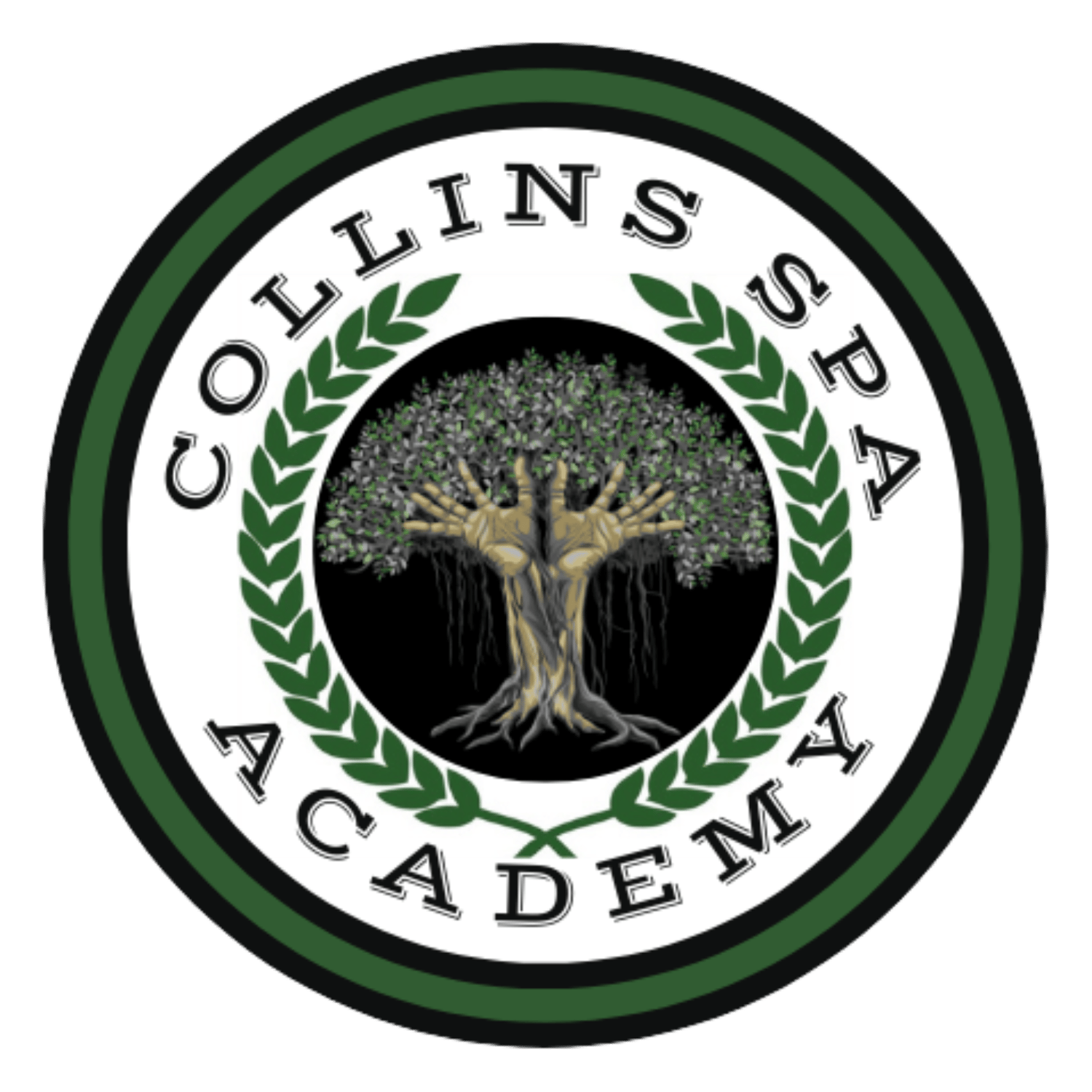Welcome to our blog, where we embark on a captivating exploration of the history and evolution of reflexology. In this post, we delve into the origins of this ancient healing practice, its evolution over time, and its relevance in the modern world. Join us as we uncover the fascinating story behind reflexology and its profound impact on holistic wellness. Let's begin!
1. Ancient Roots and Early Beginnings:
Reflexology traces its roots back thousands of years to ancient civilizations such as Egypt, China, and India. These cultures recognized the interconnectedness of the body and believed that applying pressure to specific points on the feet could promote healing and balance throughout the entire body. The concept of reflexology can be found in ancient texts, wall paintings, and hieroglyphics, showcasing its significance in early healing practices.
2. Zone Therapy and the Birth of Reflexology:
The modern form of reflexology, as we know it today, can be attributed to the work of Dr. William H. Fitzgerald in the early 20th century. Inspired by the principles of zone therapy, Dr. Fitzgerald developed the concept of mapping the body into zones and applying pressure to specific reflex points to alleviate pain and promote overall well-being. His groundbreaking research laid the foundation for the development of reflexology as a distinct healing modality.
3. Eunice Ingham and the Refinement of Reflexology:
Eunice Ingham, a nurse, and physiotherapist, played a pivotal role in refining and popularizing reflexology in the mid-20th century. Building upon Dr. Fitzgerald's work, Ingham mapped the entire body onto the feet, assigning specific reflex points to corresponding organs, glands, and body systems. Her extensive clinical experience and intuitive understanding of the feet led to the development of the Ingham Method, which remains a cornerstone of reflexology practice today. Ingham's efforts to educate and train therapists helped establish reflexology as a recognized and respected healing modality.
4. Recognition and Global Spread:
Over the years, reflexology gained recognition and acceptance as a complementary therapy worldwide. It garnered attention not only for its effectiveness in promoting relaxation and overall well-being but also for its ability to support the body's natural healing processes. Reflexology associations and organizations were formed to establish standards, promote research, and provide education and training for therapists. Today, reflexology is practiced and appreciated by a diverse range of individuals seeking natural, holistic approaches to health and wellness.
5. Modern Applications and Integration:
In the modern era, reflexology has evolved to incorporate various techniques and approaches, tailoring treatments to individual needs. Many therapists integrate other modalities like aromatherapy, acupressure, and energy healing into their reflexology sessions, enhancing the overall experience and therapeutic benefits. Reflexology is also finding its place in integrative healthcare settings, working alongside conventional medicine to provide comprehensive care and support for patients.
6. The Science behind Reflexology:
While reflexology has its roots in ancient wisdom and traditional practices, scientific research has begun to explore its mechanisms and benefits. Studies have shown that reflexology can have positive effects on relaxation, pain reduction, stress reduction, and overall well-being. It is believed that the stimulation of reflex points on the feet activates neural pathways, promoting the release of endorphins and triggering physiological responses that support healing and balance in the body.
7. Embracing Reflexology for Holistic Wellness:
Reflexology holds immense value in today's fast-paced and stressed-out world. As people seek natural and holistic approaches to wellness, reflexology offers a non-invasive and effective means to restore balance and promote overall well-being. It is a gentle yet powerful practice that can be enjoyed by individuals of all ages and walks of life.
8. Choosing a Qualified Reflexologist:
When seeking reflexology treatments, it is important to choose a qualified and certified reflexologist. Look for practitioners who have undergone comprehensive training and adhere to professional standards and ethics. Consider seeking recommendations from trusted sources or reflexology associations to ensure you receive the highest quality of care.
9. Unlocking the Benefits of Reflexology:
Whether you are a client seeking relaxation, stress relief, or specific health improvements, or a therapist looking to expand your skills, reflexology offers a wealth of benefits. From promoting circulation and relaxation to supporting pain management and overall well-being, reflexology has the potential to enhance your quality of life.
10. Conclusion:
The history and evolution of reflexology have paved the way for its recognition as a valuable healing modality. From its ancient roots to modern applications, reflexology has stood the test of time and continues to provide holistic benefits to individuals around the world. By understanding its rich history and embracing its principles, we can unlock the transformative power of reflexology and embark on a path of enhanced well-being and balance. Discover the wonders of reflexology and experience the profound effects it can have on your mind, body, and spirit.
For Advanced lessons and certification in reflexology visit https://payhip.com/CollinsSpaAcademy

